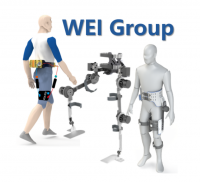分享到
Lower Limb Exoskeleton Gait Planning Based on Crutch and Human-Machine Foot Combined Center of Pressure
2020
期刊
Sensors
- 卷 20
- 期 24
- 页码 7216
- MDPI AG
- ISSN: 1424-8220
- DOI: 10.3390/s20247216



